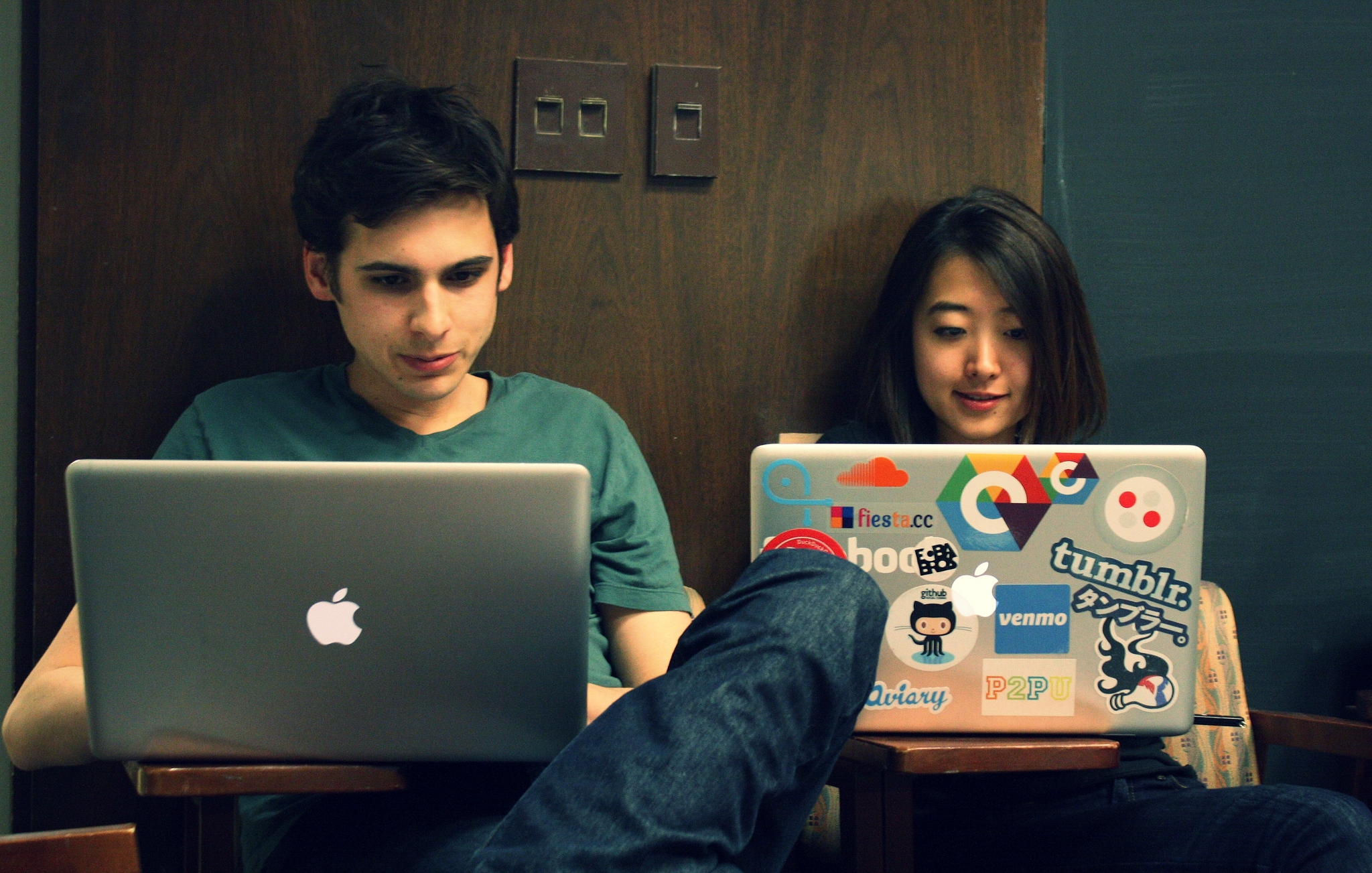By Martha Elena Nuñez
martha.nunez@itesm.mx
Students today use digital tools in every aspect of their lives, for communication, socialization, entertainment, organization and learning. Therefore, the design of effective digital spaces and tools has become extremely important in terms of pedagogy.
Real-time distance classes (RTDCs) seek to foster interaction between our students and foreign academic leaders, something that would not be possible in the traditional class format (face-to-face education). Unlike online classes, RTDCs permit a high degree of teacher-student interaction and do not require any support staff; they are very simple and replicable, complementing (but not substituting) traditional in-person and online lectures.
>
“Today, students use digital tools in every aspect of their lives.”
Based on this, I have developed a proposal that consists of a virtual space in which teachers anywhere in the world can upload and post the courses and/or topics in their area of expertise, their languages, and information on their experience and educational background. This learning environment seeks to obtain a greater benefit from the Visiting Foreign Professor (VFP) program of Tecnológico de Monterrey, since these professors have valuable credentials and contribute high value to students. Once the VFPs have completed their face-to-face year in Mexico and return to their country of origin, they can continue to collaborate with Tecnológico de Monterrey by teaching classes using this system.
This project focuses on the consolidation of a unique learning environment that we named:
Integral solution for the interaction of students with foreign academic leaders in real-time distance learning environments, which facilitates a scheme for multicultural classes that complement traditional and online classes.
The first professor with whom this project was launched four years ago teaches her classes from Japan. She used to be a full-time, face-to-face professor at Tecnológico de Monterrey, but returned to Japan nine years ago. As a teacher, she was recognized in the 70th anniversary of our Institution for being among the top 5% of the best-evaluated professors in the history of the institution and, thanks to this class format, students can once more benefit from her valuable experience and teaching talent. She has constantly maintained excellent ECOAS (Student Opinion Survey) ratings and positive comments from students.
Why are RTDCs considered an innovation? Even though students today are digital natives, they still appreciate the accompaniment of and close interaction with their teacher. Students are motivated because they have access to inspiring professors who are leaders in their field, which would not be possible in the traditional class system. There is no need for a complex support staff (a production and teaching support team, joint-full professors, tutors, instructional designers, graphic designers, web programmers, audiovisual producers, academic coordinators, technology and legal support staff).
>
“Although digital natives, students today still appreciate a close interaction with their teachers.”
RTDCs comprise a very simple proposal and can be replicated at any campus of any size. They also provide an additional advantage for students who do not have the resources to participate in international exchange, by giving them the opportunity to enjoy a multicultural experience and obtain a different perspective of their profession.
The department directors are responsible for selecting the professors for each course, taking into consideration the impact assessment of the RTDCs on students. The results and experiences of other colleagues could be valuable elements for creating conditions and generating actions to foment and replicate RTDCs in their departments. Hopefully, they will offer a highly attractive, comprehensive solution through the participation of professors from different countries, who will share their valuable knowledge and experience, offering different points of view that will give our students a global perspective of the course and, in general, their profession.
>
“For students, a professor’s knowledge and accompaniment in learning is more important than technology.”
Surveys show the following benefits of RTDCs: “Highly trained professor”, with 91% of the votes. Second place in number of votes was “Professor connected to his/her professional practice”, with 64%. Third place was for “Innovative professor” and “Flexibility in the curriculum”, both with 55%. “Educational space with a high degree of interaction” came fourth with 18% of the votes. These data lead us to conclude that, for students, the professor’s knowledge and accompaniment in learning is more important than technology, which continues to pose a challenge.
As professors, we need to be open to new challenges and new ways of delivering knowledge to our students. In this century, we enjoy new tools offered by the internet and, therefore, I would like to invite you to use them so that, even though we are in different parts in the world, students will feel accompanied during this teaching-learning process.
About the Author:
Martha Elena Núñez López has earned two Master’s degrees, one in Industrial Design and the other in Construction Engineering and Management. She is the National Coordinator of the Architecture, Art and Design Academies, and also teaches the course Design Experiences at Tecnológico de Monterrey, Campus Puebla.
This article from Observatory of the Institute for the Future of Education may be shared under the terms of the license CC BY-NC-SA 4.0 
)
)


)